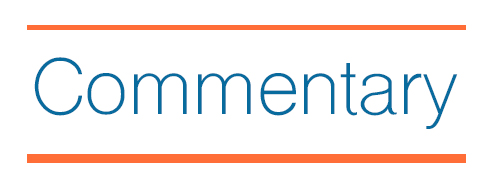As part of its overall advocacy strategy to promote equity and student success, the American Association of Community Colleges (AACC) is endorsing a doubling of the Pell Grant maximum.

The Pell Grant program continues to draw strong bipartisan support and receive funding increases, but a substantial gap remains between the grant’s size and student needs. The maximum grant is scheduled to increase by $150, to $6,495, for the award year that begins July 1. More students will qualify for Pell grants through last year’s FAFSA Simplification Act, but that legislation did not increase the grant size.
Your support is needed
AACC is part of a broad-based coalition to double the Pell Grant maximum, and member institutions are encouraged to sign a letter that seeks doubling Pell. The letter is circulating among all sectors of higher education, and many community colleges may want to be represented along with AACC.
President Joe Biden’s support for doubling Pell during his campaign has helped to increase political support for a major new investment in the program. Since that time, administration officials have referred to this proposal as a prime element of the Biden-Harris higher education agenda.
The proposal has not received a formal cost estimate, but it would be considerable. However, new political dynamics, as well as the expiration of statutory caps on annual appropriations, may make major new investments possible. Biden’s formal budget request for next year is expected sometime in May and will send a strong signal to congressional appropriators.
AACC’s support for significantly increased Pell Grant spending aligns with the association’s continued strong support for establishing Pell eligibility for short-term programs. The bipartisan JOBS Act is expected to be reintroduced in Congress soon. Unfortunately, opposition to this new eligibility remains fierce, particularly from the political left, which asserts that short-term programs do not represent real opportunity, nor lead to good jobs. An AACC policy brief dispels these arguments.
Program background
Individual campuses know the value of Pell grants to their students. Some national numbers include:
- 2.17 million students attending public two-year colleges received a Pell Grant in the 2017-18 award year, totaling more than $7.7 billion. They received about 33% of all program funds. Close to half of these students were classified as “dependent” for the purposes of federal aid.
- According to the College Board, the average cost of attendance for a full-time community college student in the 2020-21 award year is $18,550. The Pell maximum for this cycle is $6,345, which means that the maximum award barely covers one-third of a student’s budget costs. This disparity strongly justifies a major increase in Pell.
- Research from the National College Attainment Network (NCAN) found that only 45% of community colleges are “affordable” to Pell Grant recipients. A Center on Budget and Policy Priorities report on persistence and completion found that a $1,000 increase to the award increased retention rates among recipients by 1.5 percentage points and increased enrollment by up to five percentage points. Plus, it decreased dropout rates by up to nine percentage points.
- Because of how the Pell Grant program operates, increases to the maximum award not only benefit full-time students who receive the maximum award but also part-time students and those eligible for smaller awards.
Pell grants remain the single most important federal program for community college students, and therefore the colleges. AACC and its member institutions will continue working in the current appropriations cycle (fiscal year 2022) to maximize the program’s reach to aspiring, financially needy community college students.





